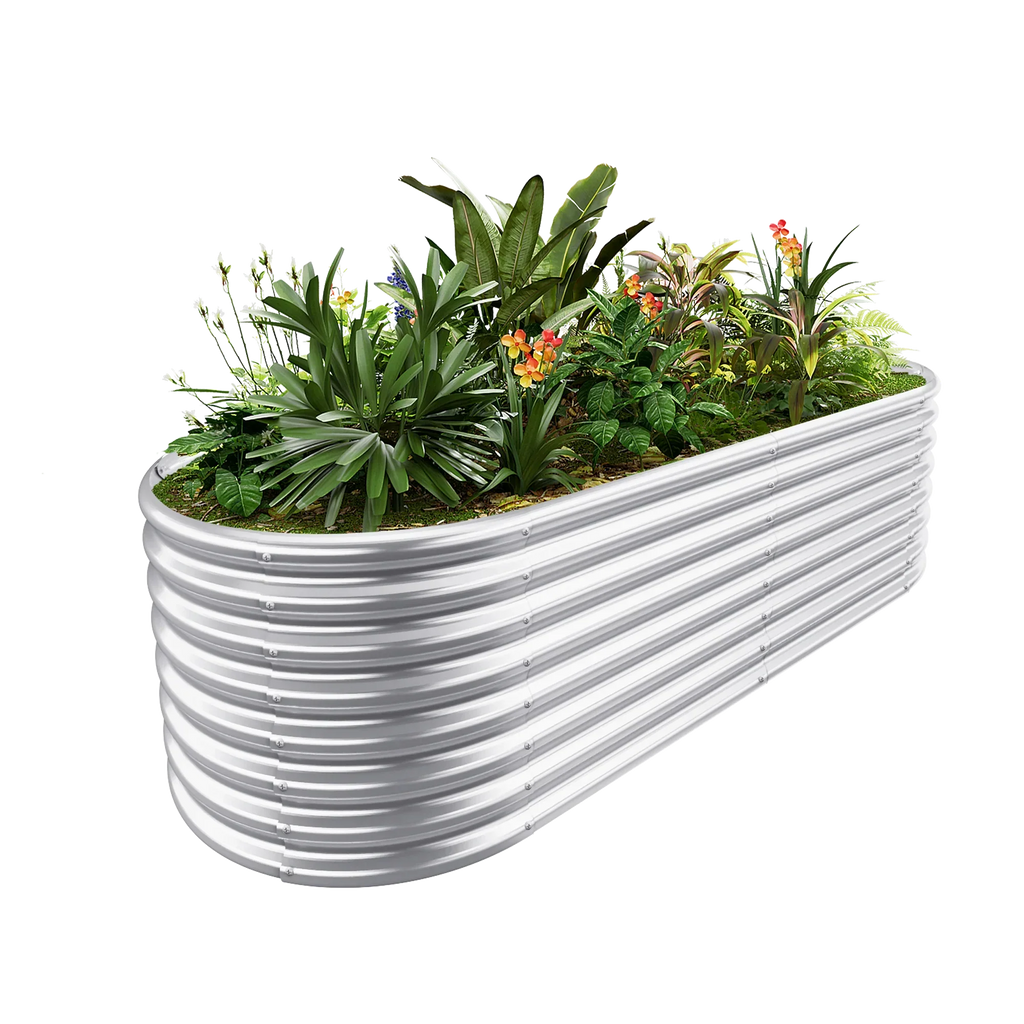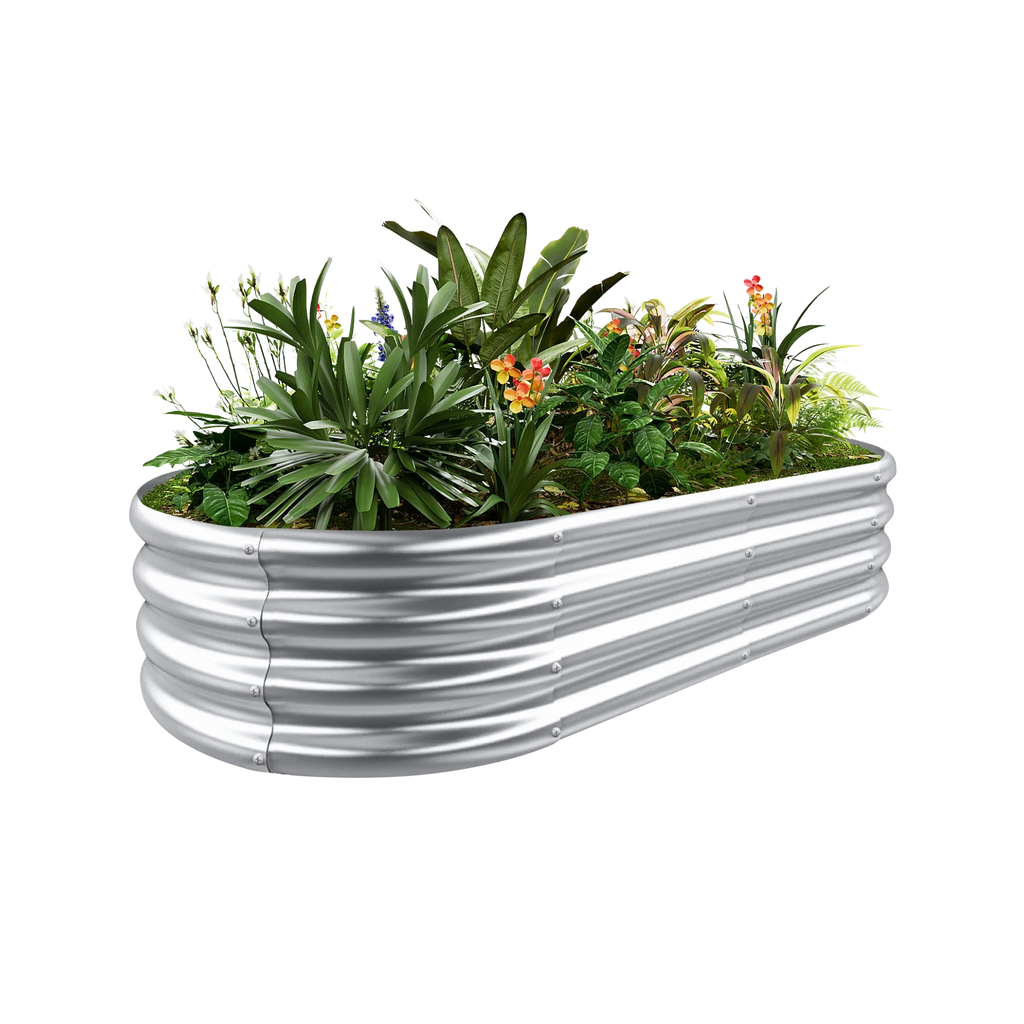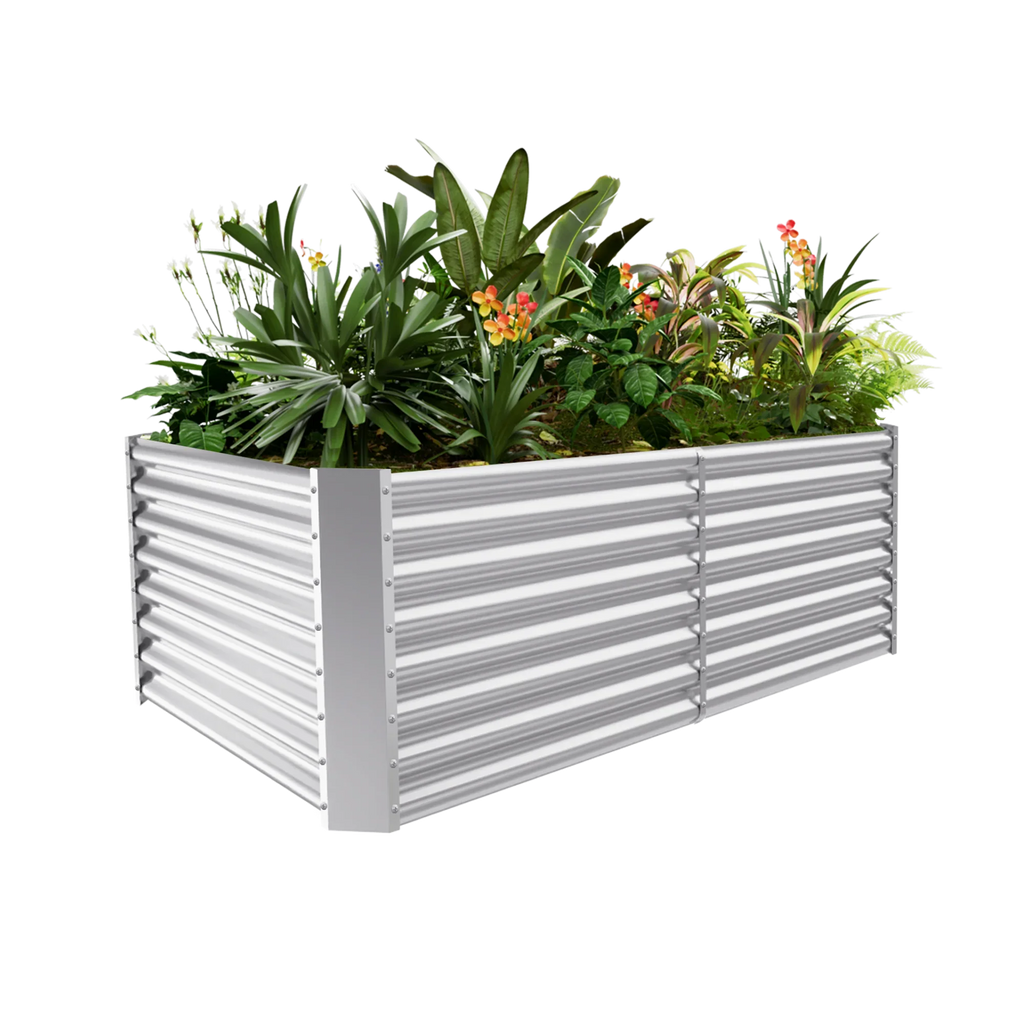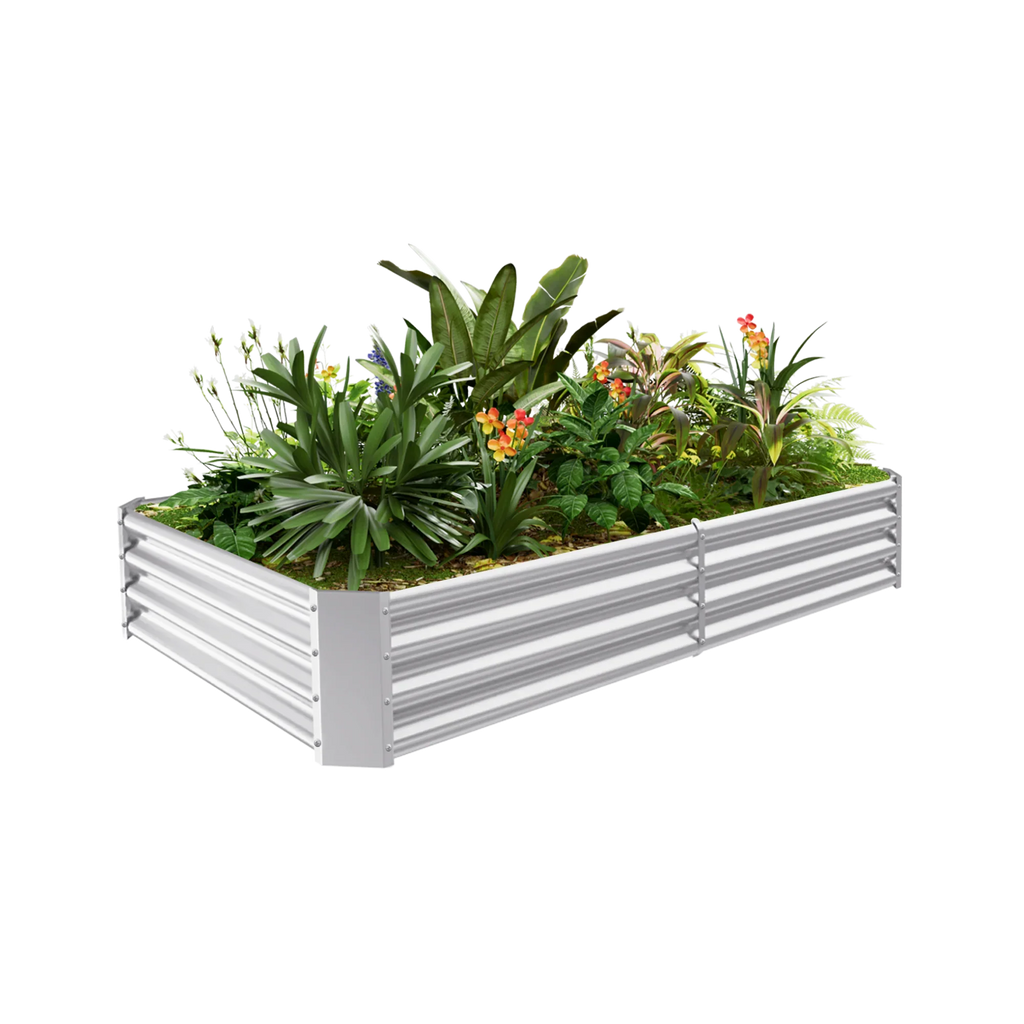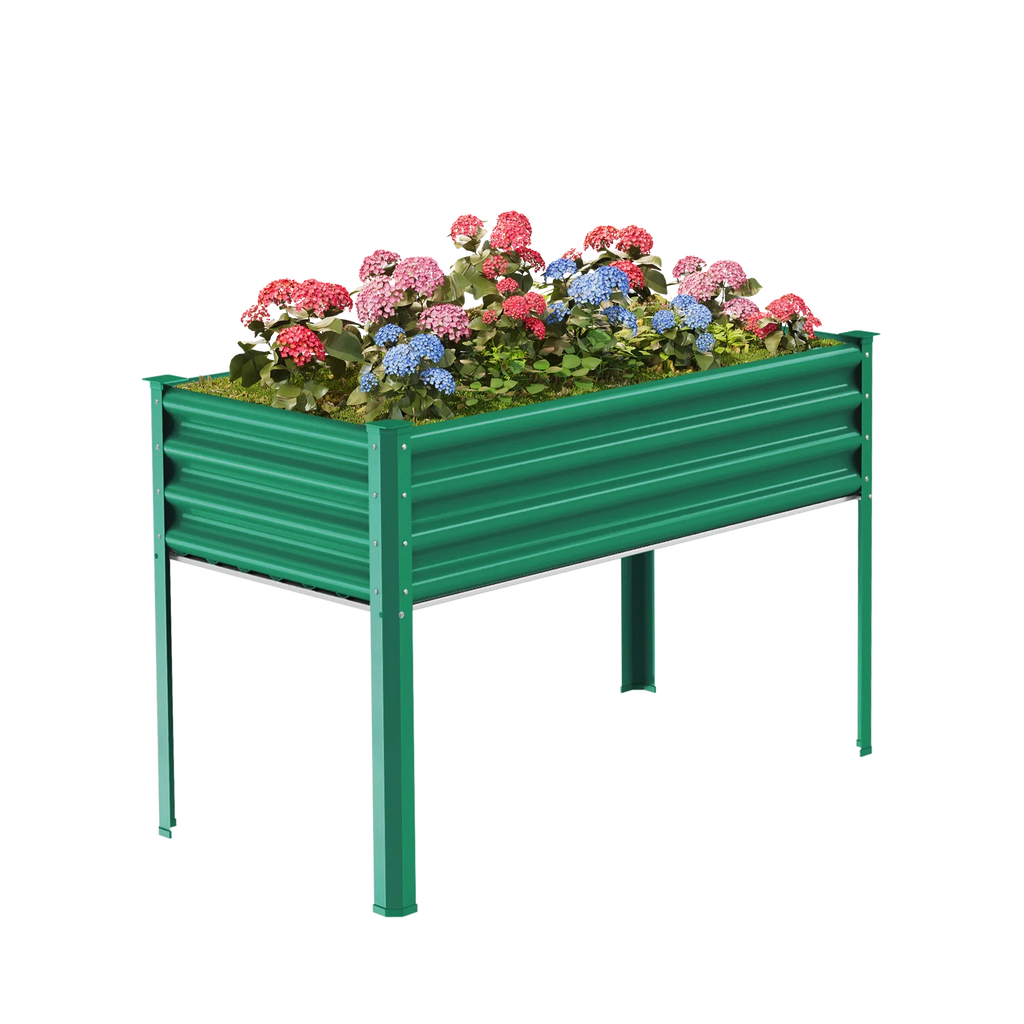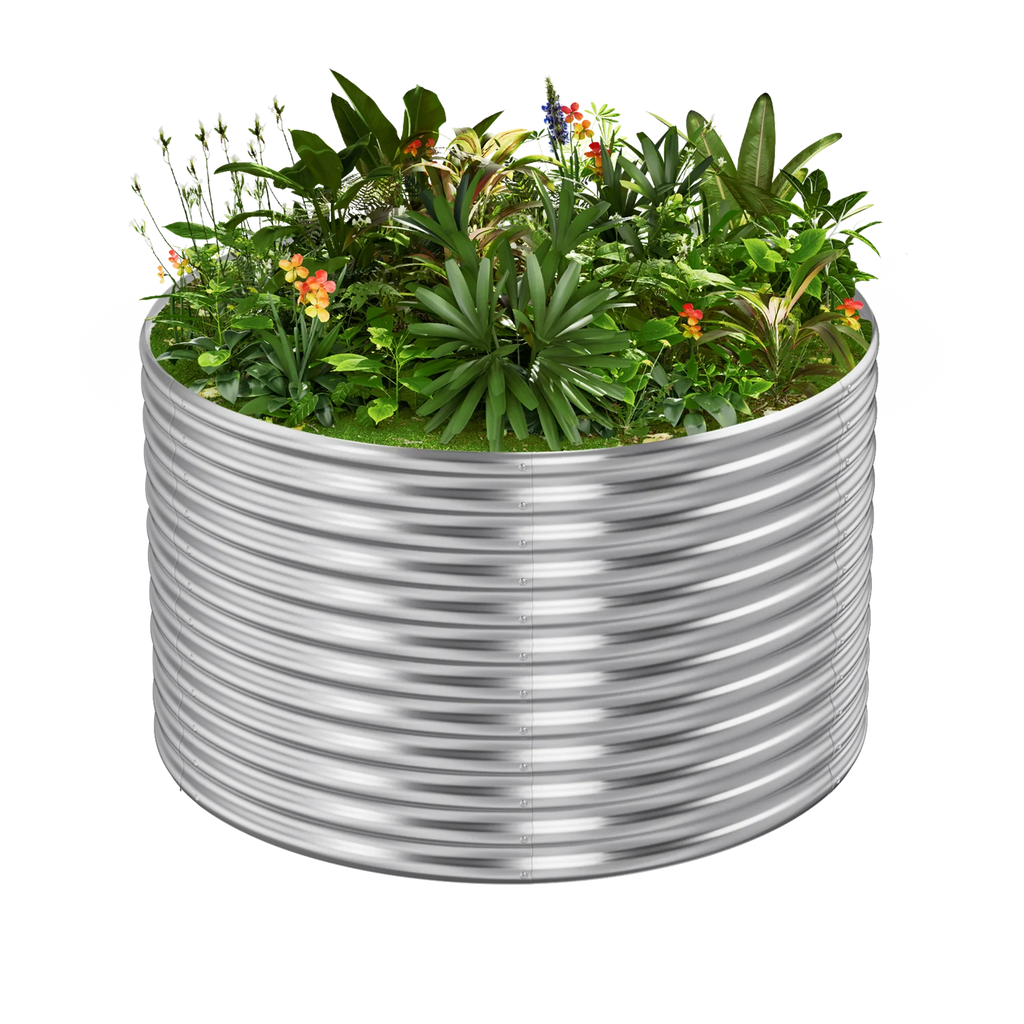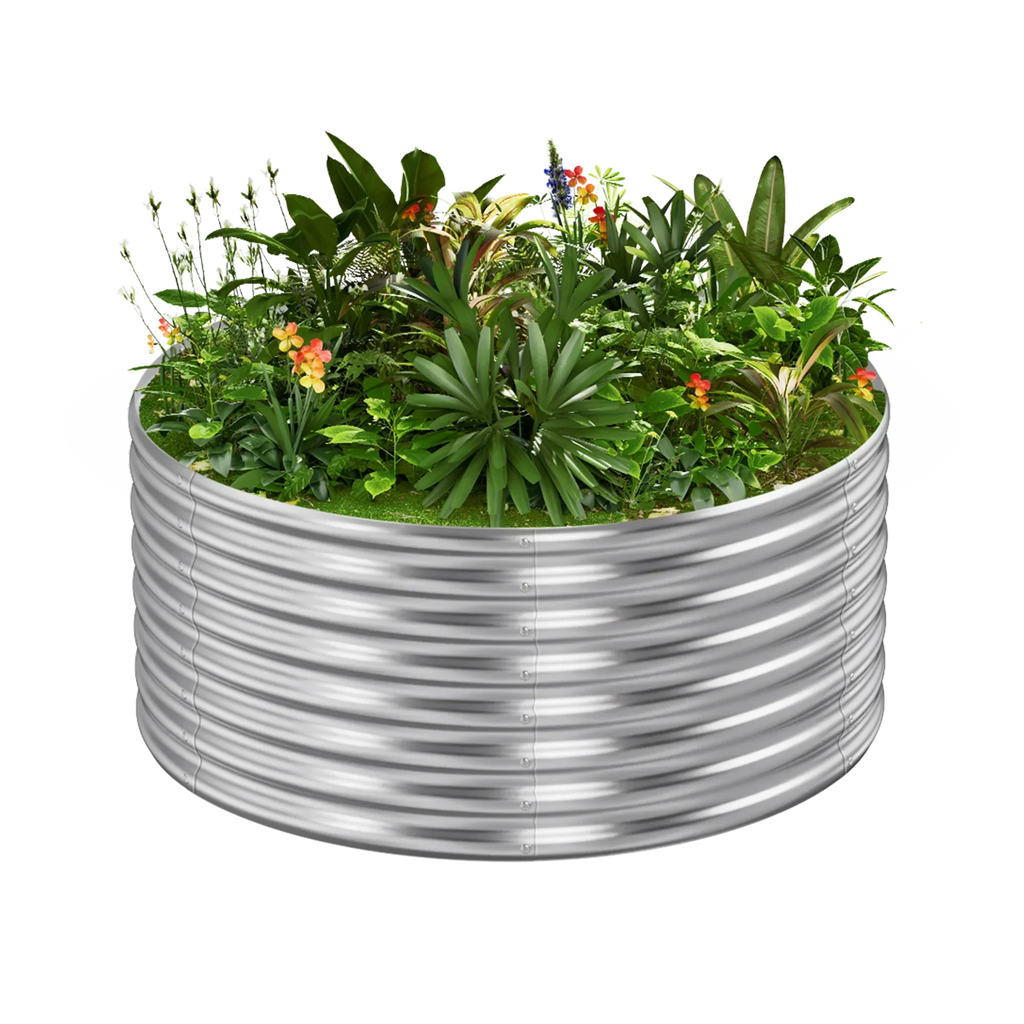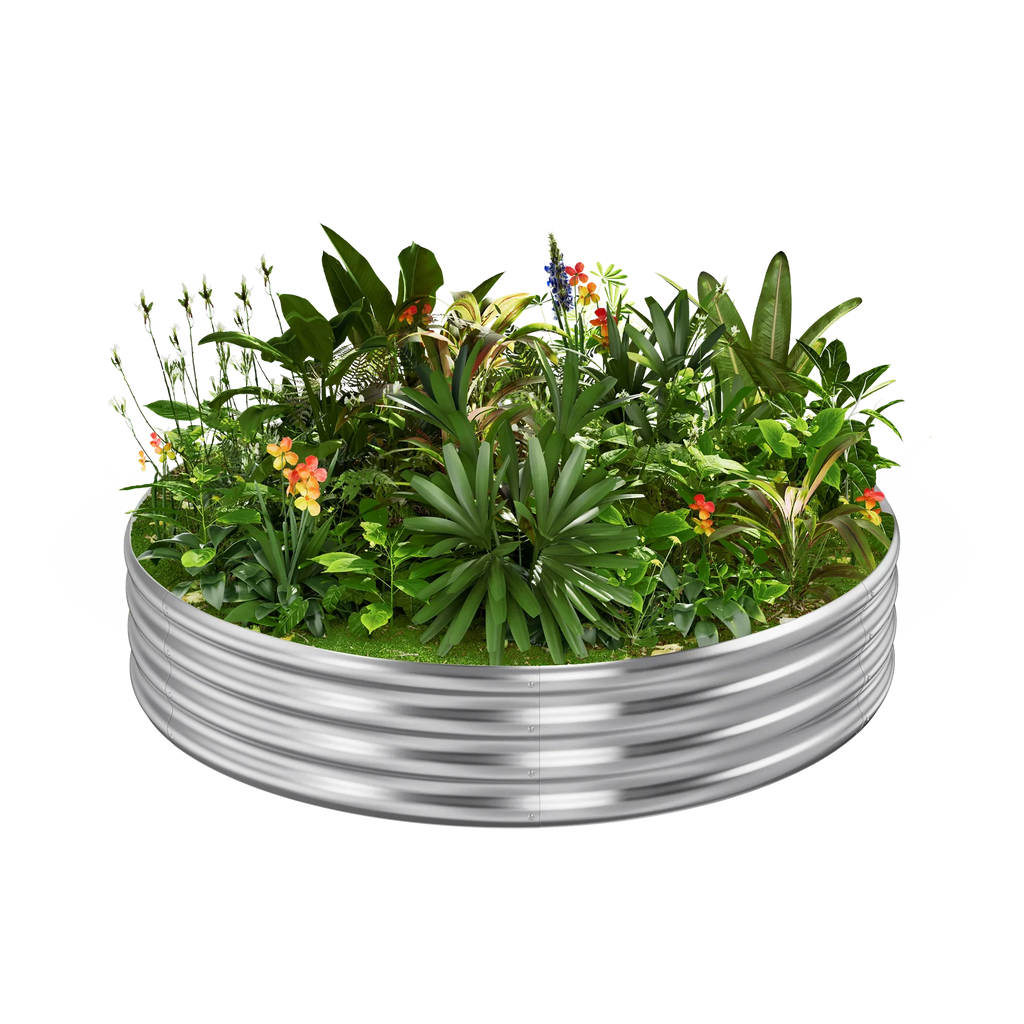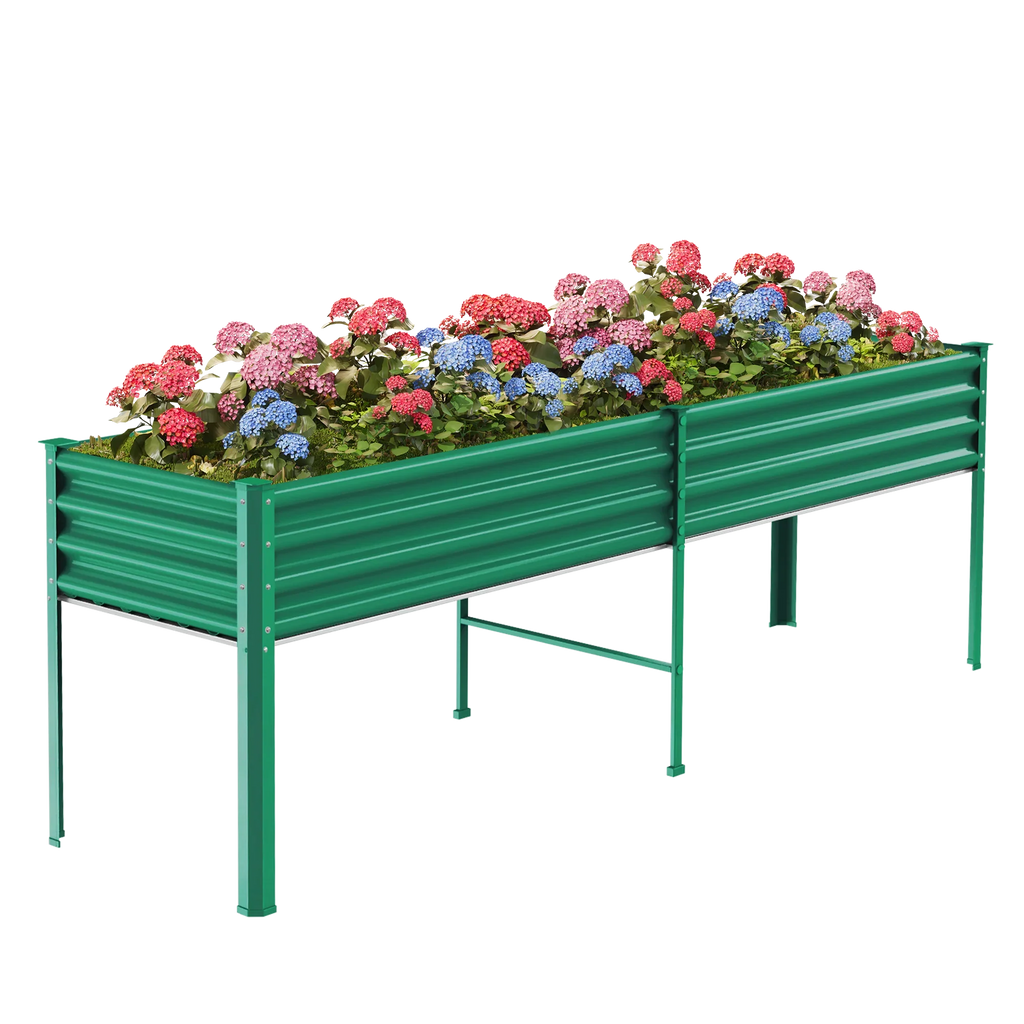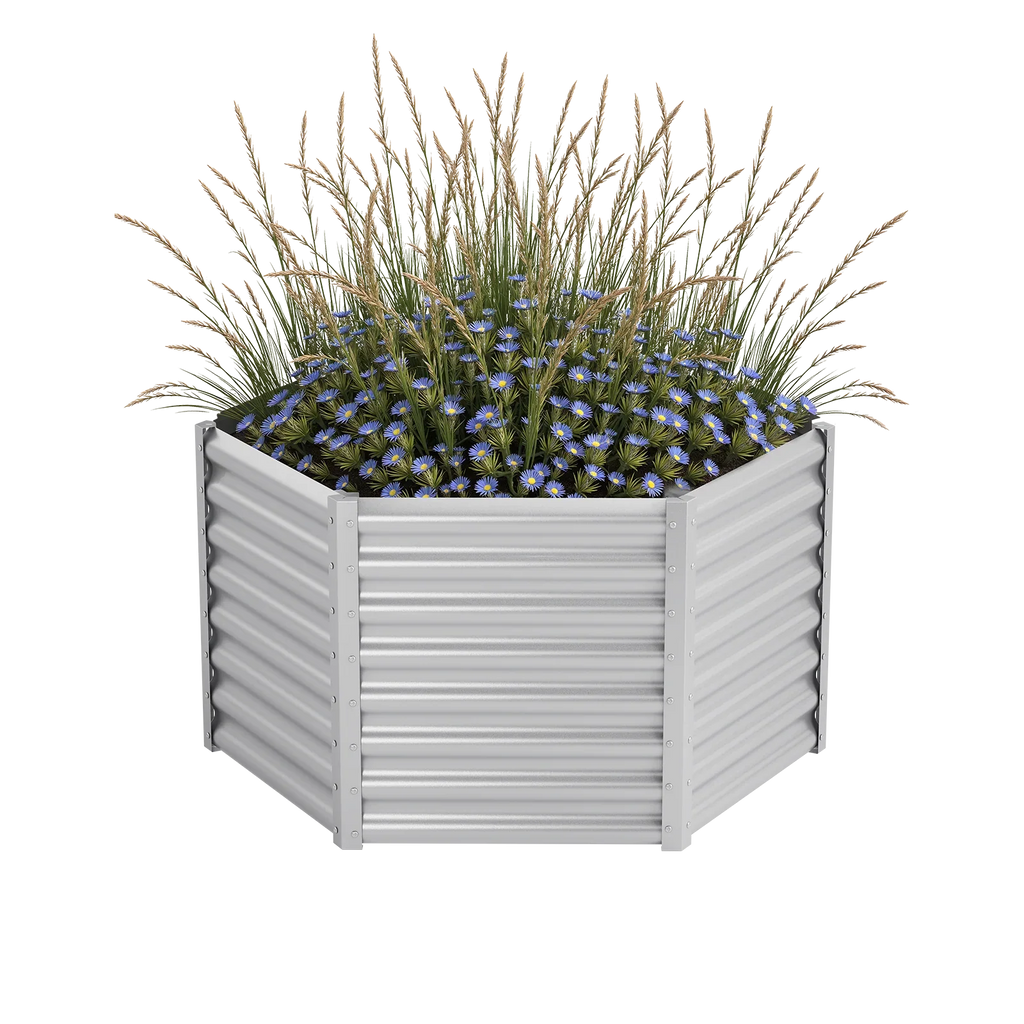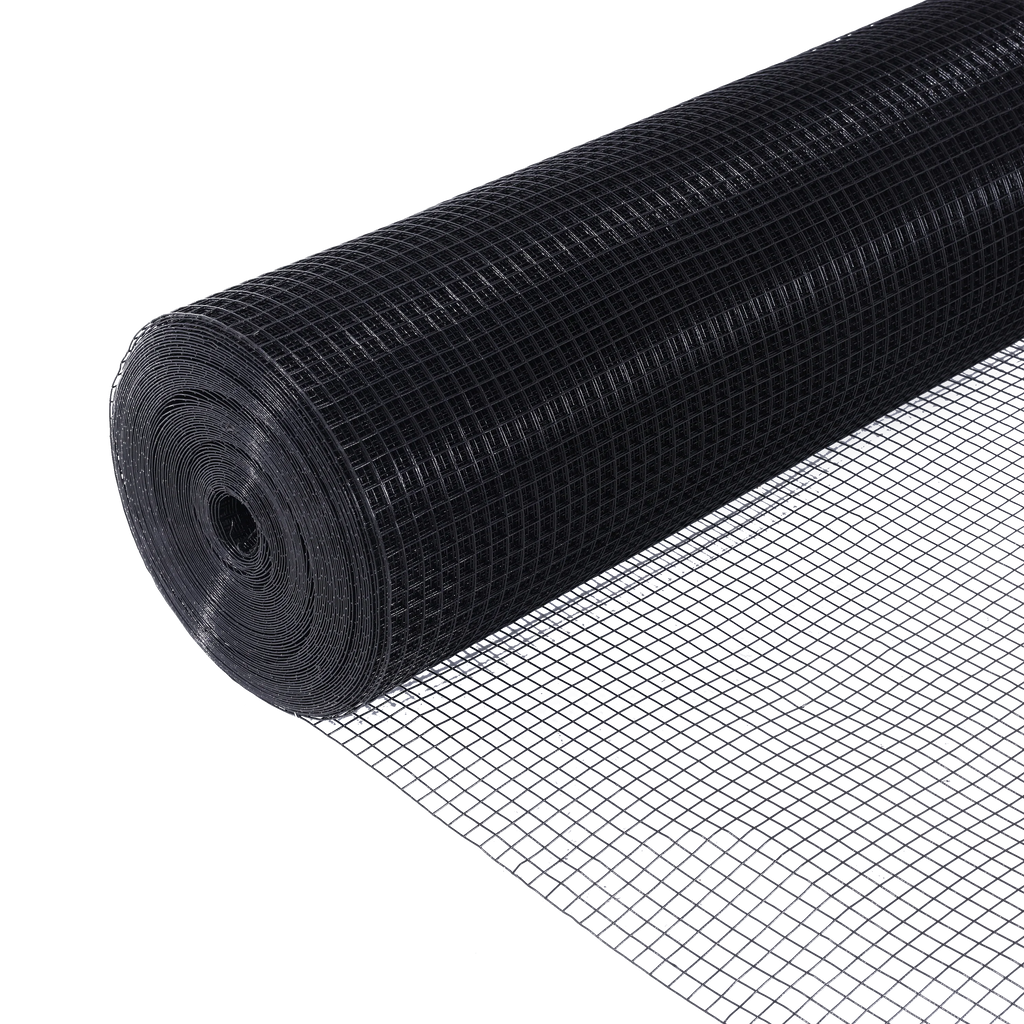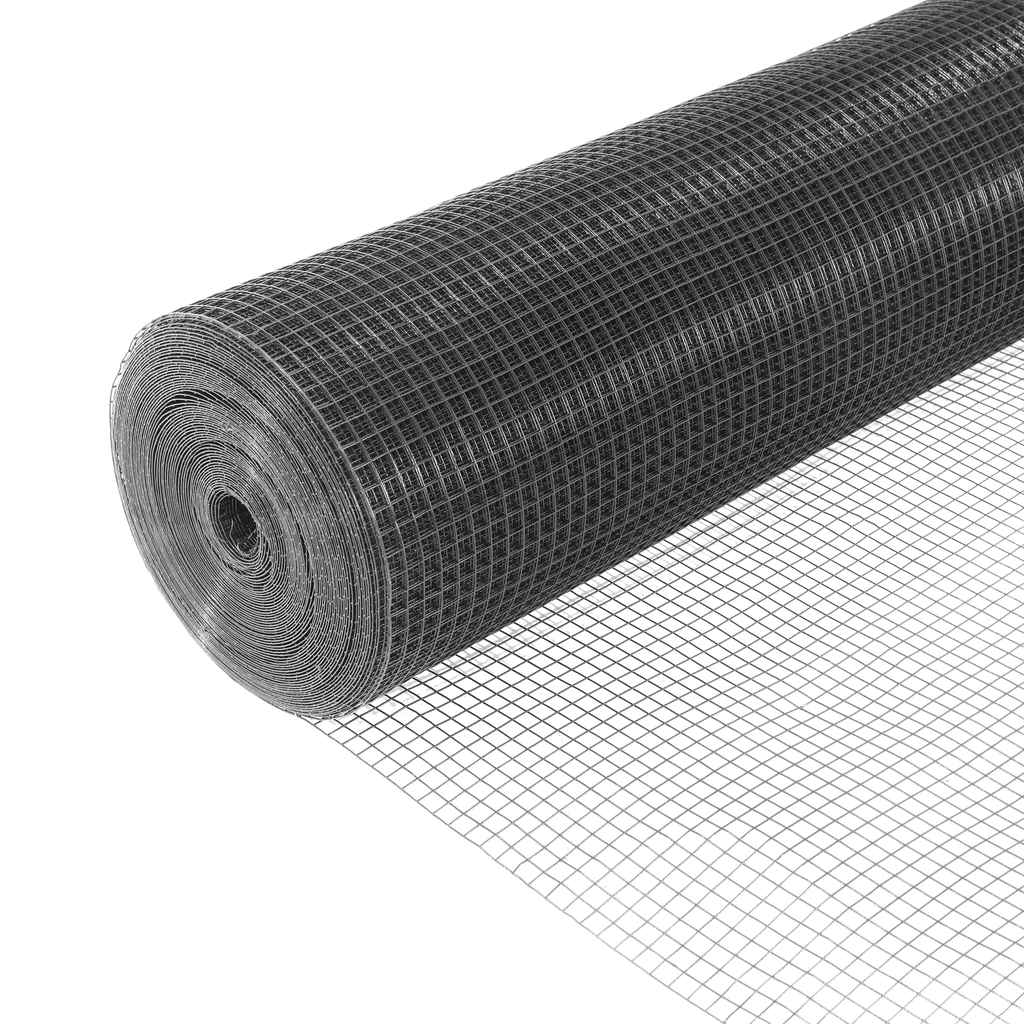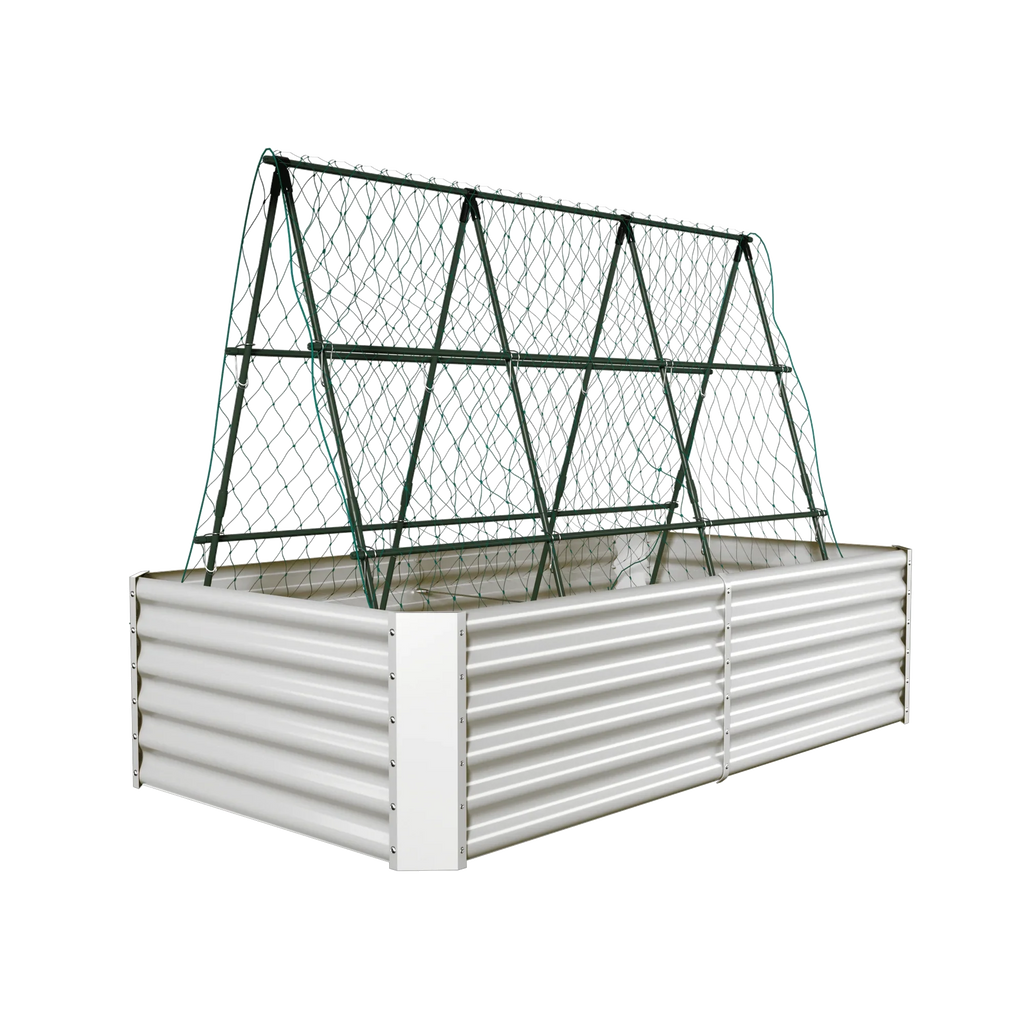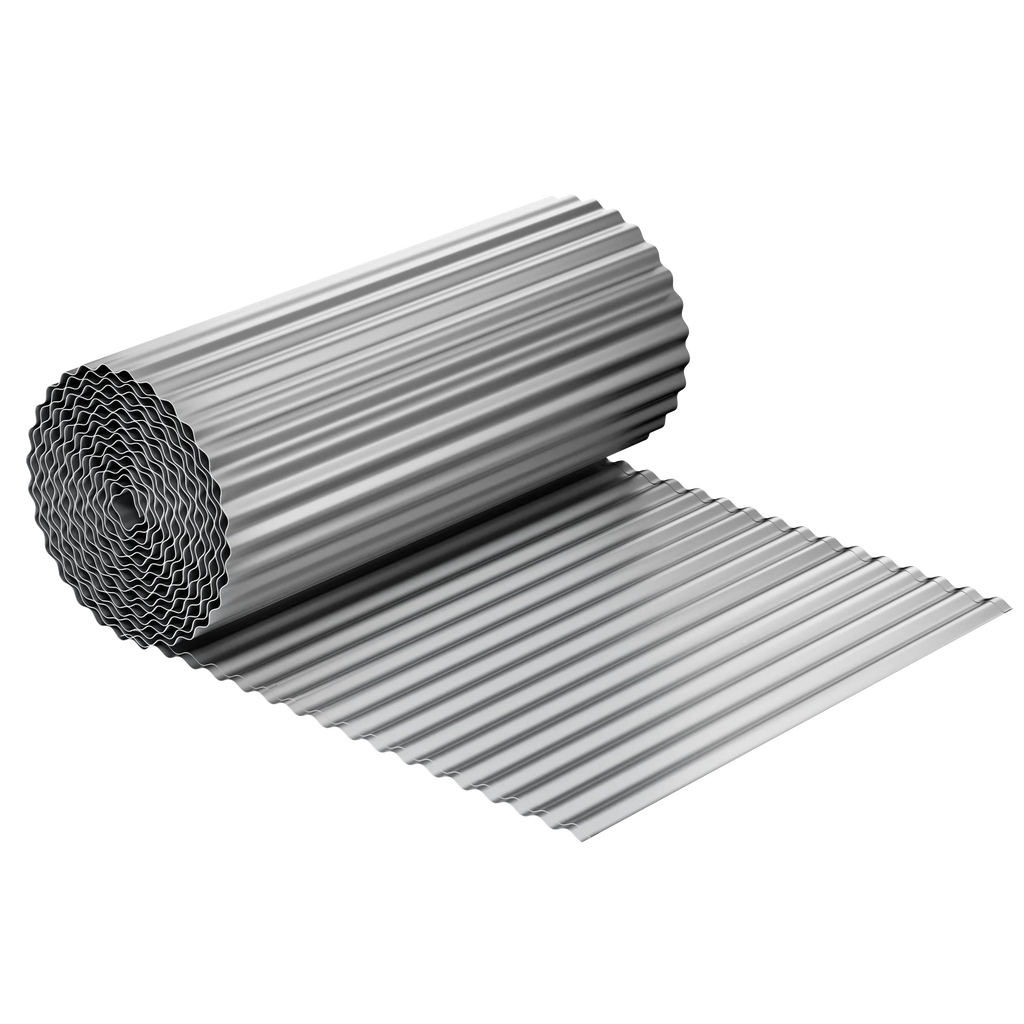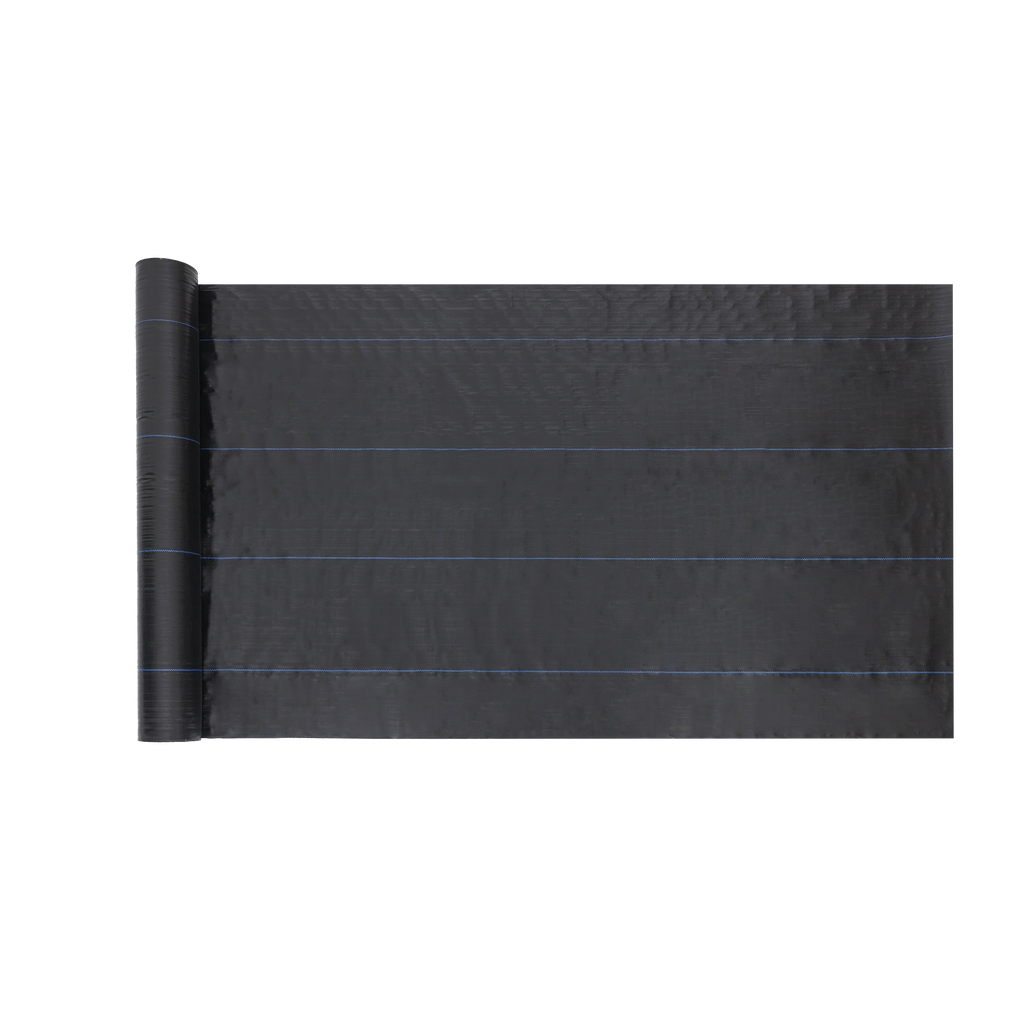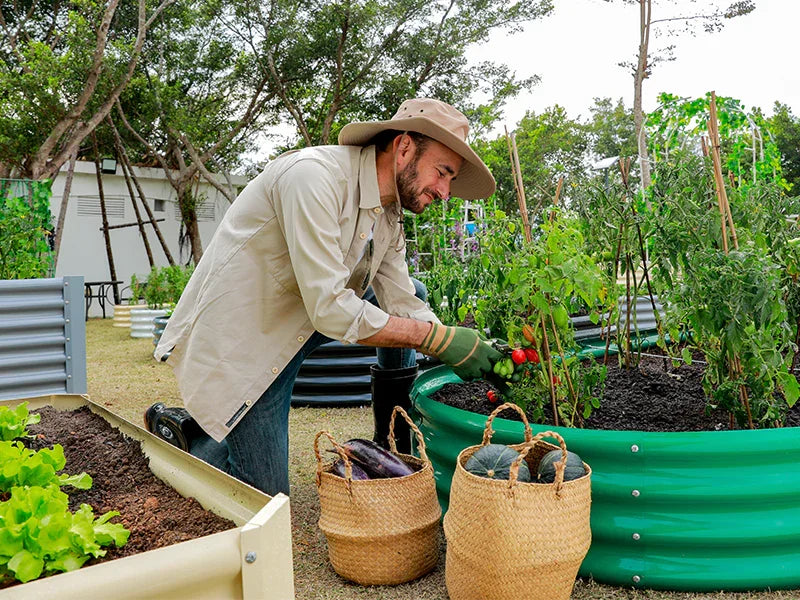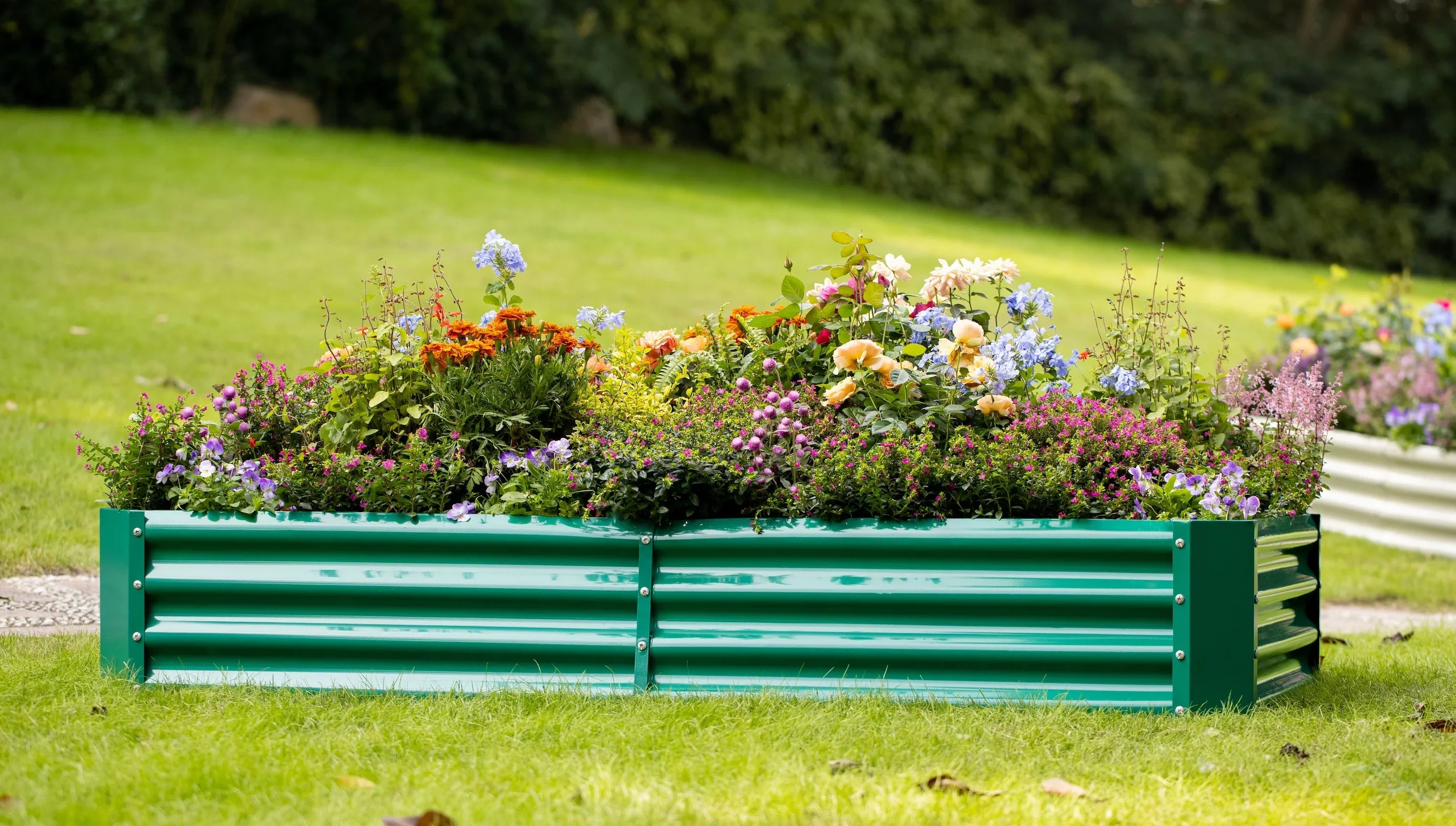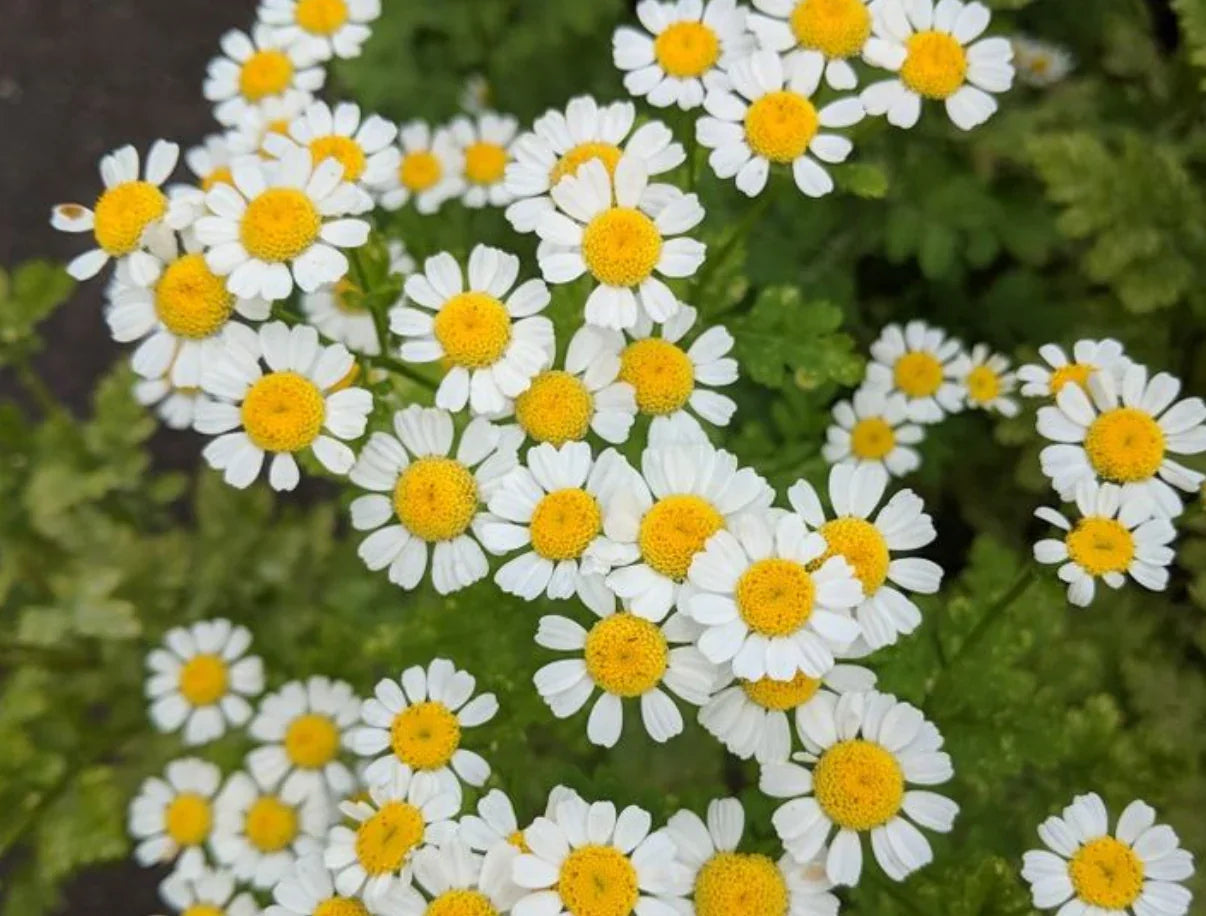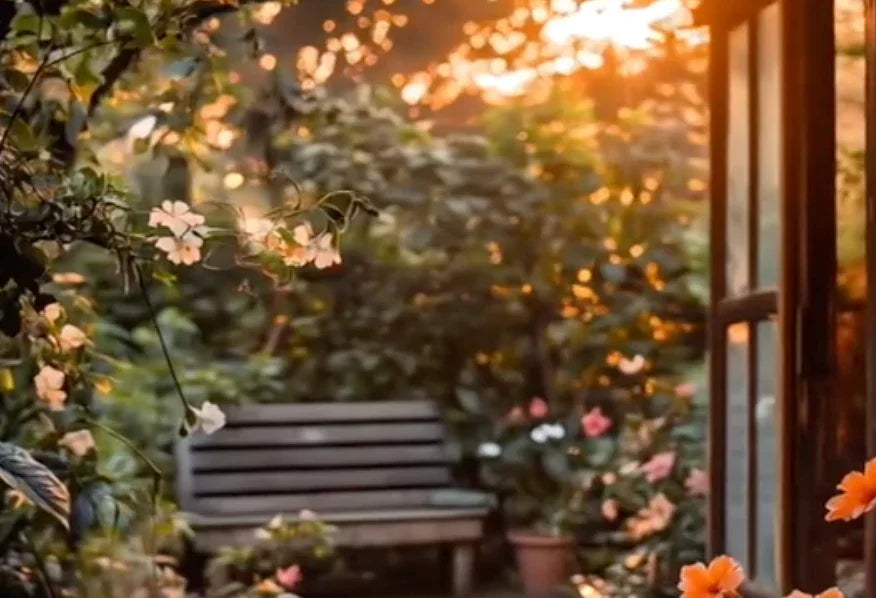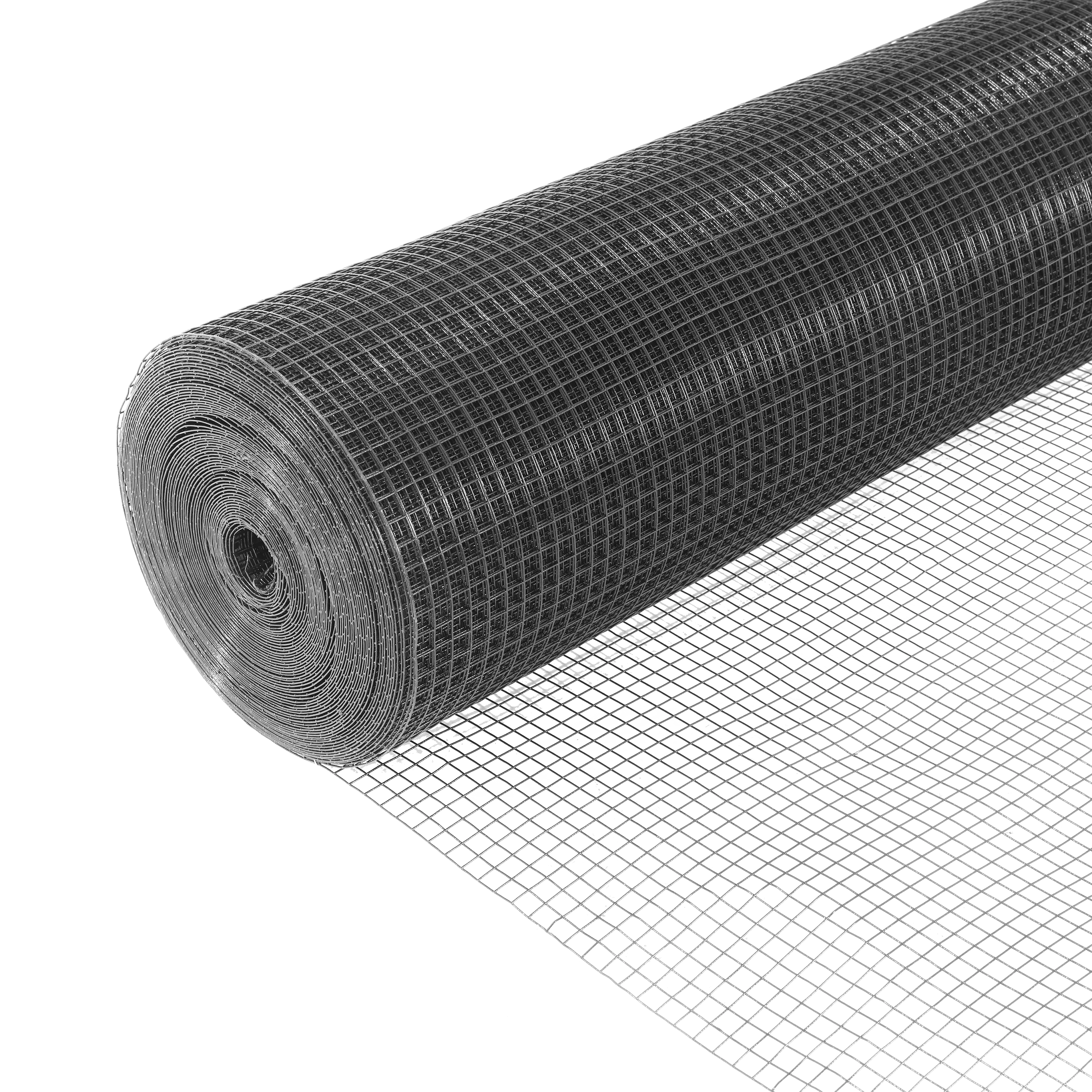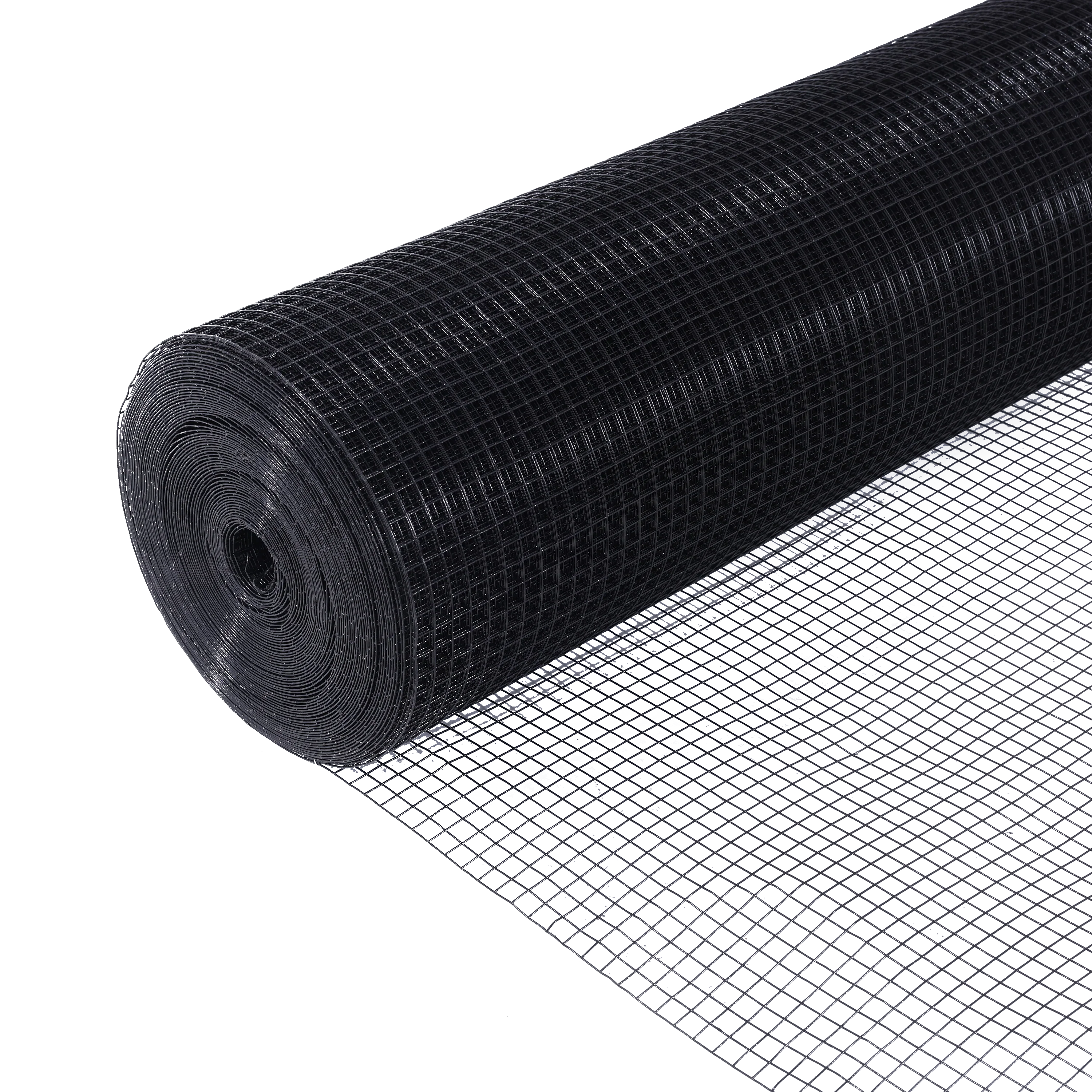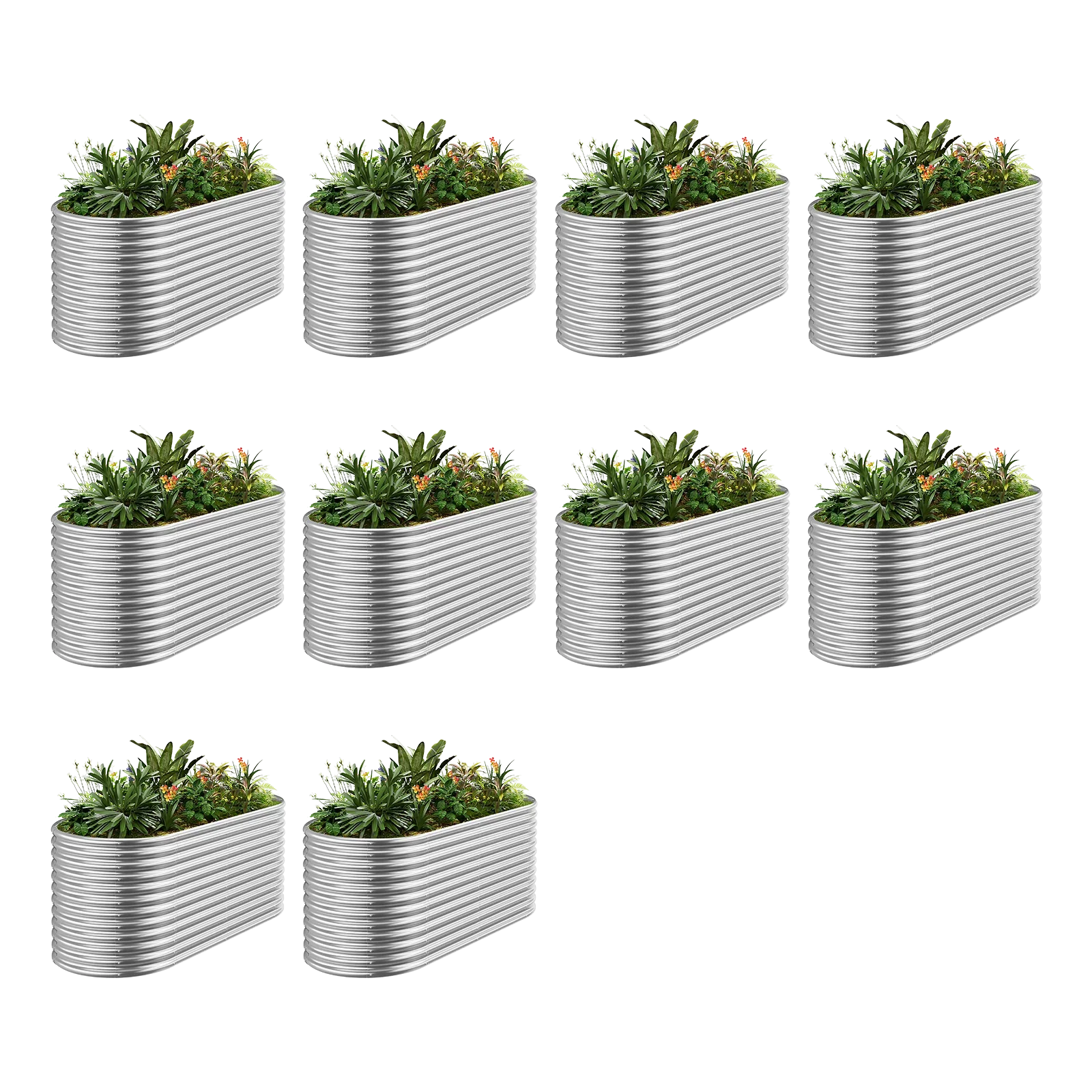A well-designed home garden is more than just plants—it’s a harmonious blend of colors, functional spaces, and strategic plant choices that create a personal oasis. Whether you're starting from scratch or revamping an existing garden, this ultimate guide will help you master color psychology, zoning techniques, and plant combinations for a stunning outdoor retreat.
Why Thoughtful Garden Design Matters
✔ Boosts curb appeal – Increases property value by up to 20% (National Association of Realtors)
✔ Enhances relaxation – Proper zoning creates dedicated spaces for dining, lounging, and growing
✔ Reduces maintenance – Smart plant selection = less pruning, watering, and weeding
✔ Improves biodiversity – Attracts pollinators and beneficial insects
Part 1: Color Theory for Garden Design
1. Warm vs. Cool Color Schemes
| Palette | Effect | Best Plants |
|---|---|---|
| Warm (Reds, Oranges, Yellows) | Energizing, inviting | Roses, marigolds, canna lilies |
| Cool (Blues, Purples, Whites) | Calming, spacious | Lavender, hydrangeas, delphiniums |
| Monochromatic (Single Hue) | Elegant, cohesive | All-white garden (peonies, jasmine) |
Pro Tip: Place warm colors near seating areas (stimulates conversation) and cool tones in meditation corners.
2. Seasonal Color Rotation
-
Spring: Pastels (tulips, cherry blossoms)
-
Summer: Bold hues (sunflowers, dahlias)
-
Fall: Earth tones (chrysanthemums, ornamental grasses)
-
Winter: Evergreens + berries (holly, winter jasmine)
Design Hack: Use foliage plants (heuchera, hostas) for year-round color when flowers fade.
Part 2: Functional Garden Zoning
3 Key Zones for Home Gardens
-
Relaxation Zone
-
Features: Bench, hammock, pergola
-
Plants: Fragrant (lavender, gardenias) + shade trees
-
-
Dining/Entertaining Zone
-
Features: Patio, fire pit, outdoor kitchen
-
Plants: Potted herbs (rosemary, mint) + mosquito-repellent citronella
-
-
Growing Zone
-
Features: Raised beds, compost bin, trellises
-
Plants: Vegetables (tomatoes, kale) + pollinator-friendly flowers
-
Space-Saving Idea: Use tiered planters or vertical gardens to separate zones in small yards.
Part 3: Strategic Plant Selection
1. Right Plant, Right Place
-
Sun-Lovers: Roses, lavender, succulents (6+ hours sun)
-
Shade-Tolerant: Hostas, ferns, impatiens
-
Drought-Resistant: Sedum, yucca, ornamental grasses
2. Layered Planting for Depth
| Layer | Height | Examples |
|---|---|---|
| Canopy | Tall trees | Maple, dogwood |
| Understory | Shrubs | Azaleas, hydrangeas |
| Ground Cover | Low plants | Creeping thyme, ajuga |
Wildlife Bonus: Add native plants (milkweed, coneflowers) to support local birds/bees.
Part 4: 5 Trending Garden Styles
-
Cottage Garden – Informal, colorful mixes (roses + daisies)
-
Modern Minimalist – Clean lines, limited palette (boxwood + ornamental grasses)
-
Japanese Zen – Natural materials, muted greens (maples + moss)
-
Mediterranean – Drought-tolerant, textured (olive trees + lavender)
-
Edible Landscape – Beautiful & productive (blueberry bushes + kale)
Actionable Tips to Start Today
-
Sketch your layout (use free apps like Garden Planner)
-
Start small – Focus on 1 zone per season
-
Test soil pH – Amend as needed for optimal plant health
Pro Reminder: Gardens evolve! Document changes with photos to track progress.
Final Thoughts: Your Dream Garden Awaits
By combining science-backed color principles, purposeful zoning, and smart plant choices, you can create a garden that’s both breathtaking and functional. Remember: the best gardens reflect their growers’ personalities—don’t be afraid to experiment!
Want More? Explore our [Small Garden Design Hacks] or [DIY Garden Path Ideas] for next-level landscaping!






